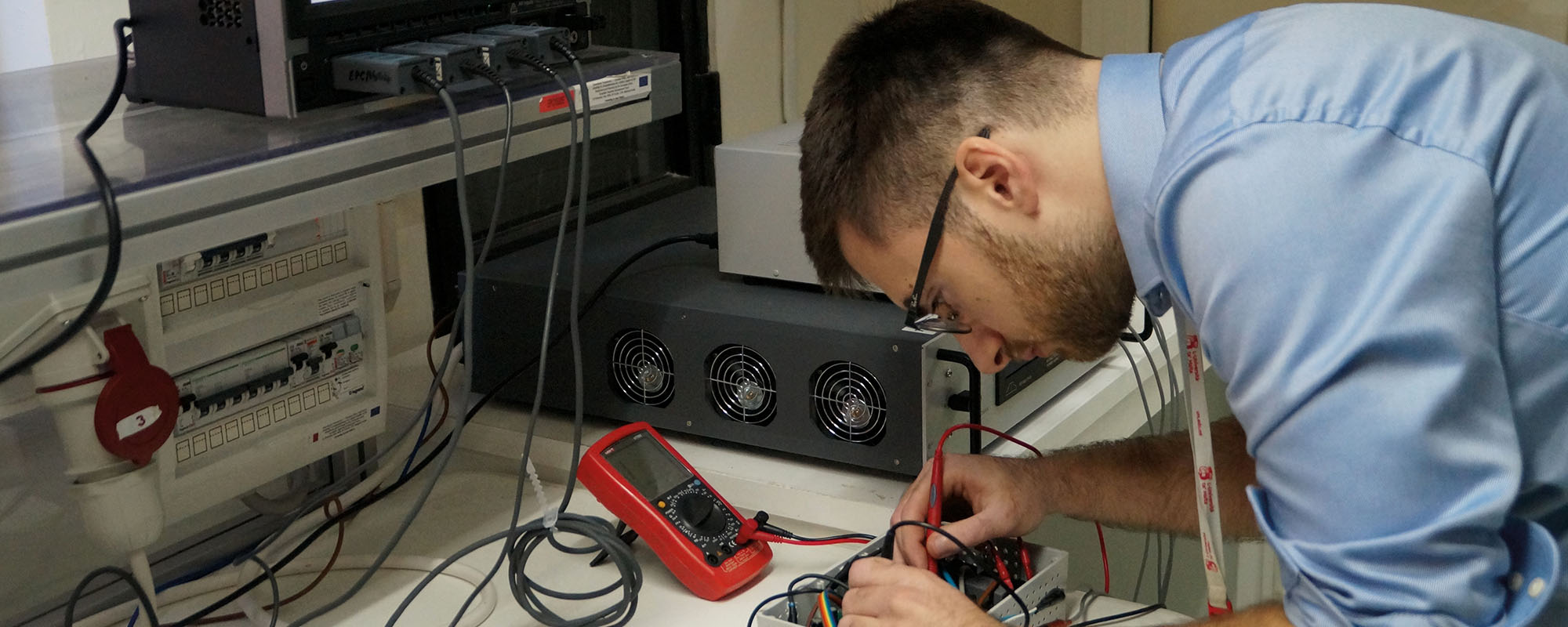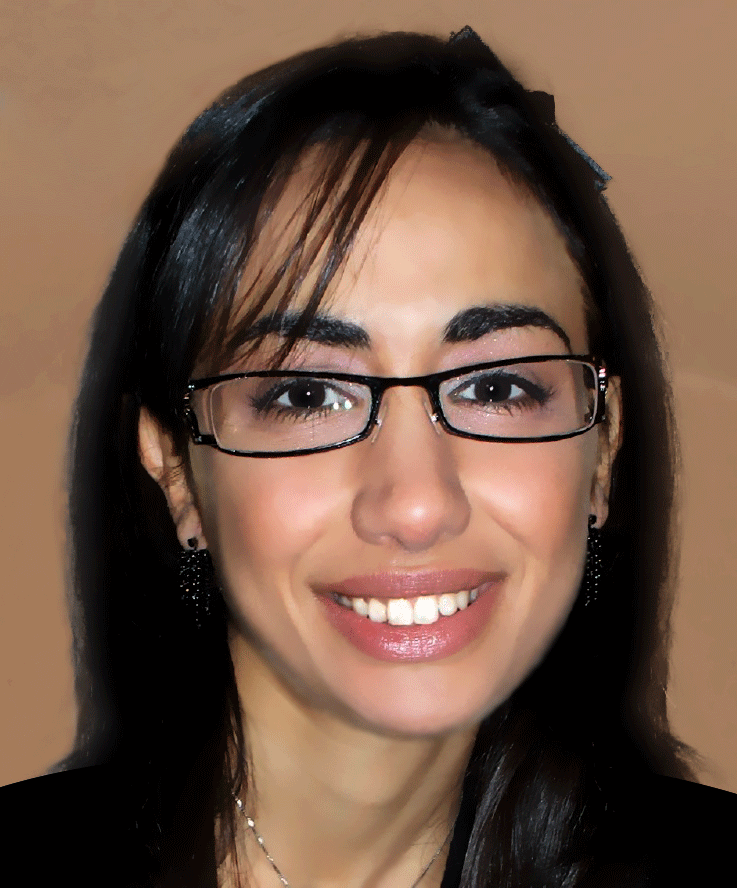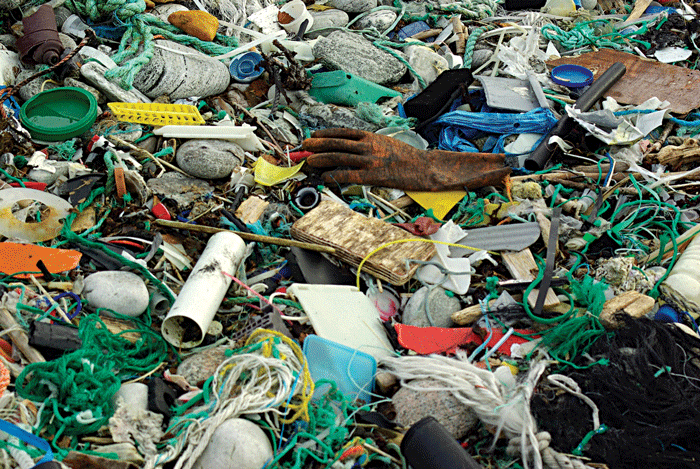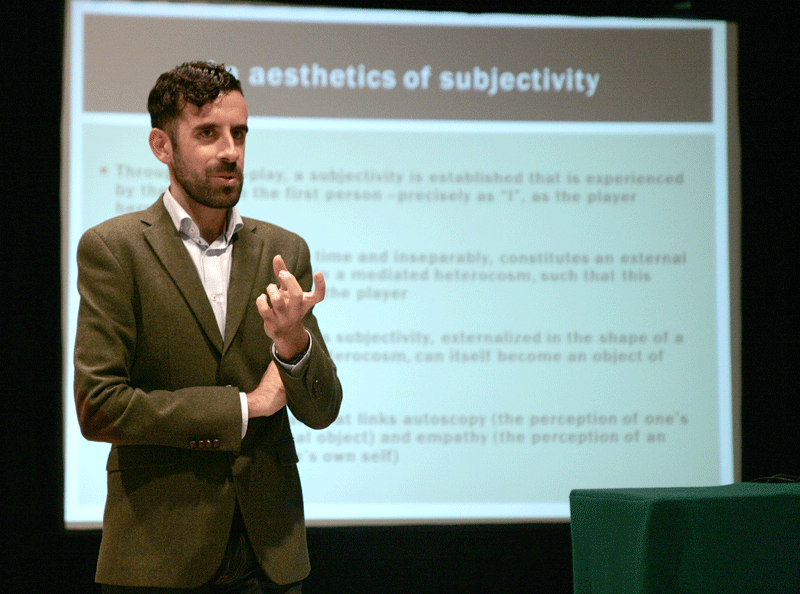Spirituality refers to one’s connection with the divine. Caroline Curmi sits with Warren James Borg Ebejer to discuss his faith and the motivations that have fuelled his successful academic pursuits, specifically, his study on the Carmelite friar, Fr Avertan Fenech.
Continue readingIs ChatGPT an Aid or a Cheat?
From the perspective of a student and an academic, how can ChatGPT be used in academia? Nathanael Schembri explores how the AI could be used to aid in assessments as well as scholarly work; such as in writing dissertations and research papers.
Continue readingImpressions on Branding
Our impression of a brand shapes our experience of the product or service involved. Five students from the Bachelor of Fine Arts (BFA) in Digital Arts looked into this, involving their own interests in the medium.
Continue readingThe Damned Sublime: Exploring Right and Wrong Through Art
700 years ago, Dante Alighieri explored the damned and the sublime in his La Divina Commedia. In 2021 B.A Fine Arts students at the University of Malta dive into this theme through their explorations of the whimsical, the grotesque, and the celestial, as well as the profound, the landscape, and the human form.
Continue readingLet’s rethink our motors
From washing machines and vacuum cleaners to air conditioners and fans, household appliances all contain electrical motors, and we tend to take them for granted. However, appliances’ high starting currents can disrupt electricity supply and shut down a whole house. Daniel Lendi unpacks some of the hard work needed to fix this problem.
Continue readingSucceeding by Failing
Luana Micallef tells us about her career starting from a young computer scientist at Microsoft and CERN to helping treating cancer.Continue reading
Pollution around Malta’s Sea
Research by Nicolette FormosaContinue reading
Read my hips, for longer
Research by Josianne CassarContinue reading
“Give a Damn, use that Cam!”
– Amateur Short Film Competition for University Students










